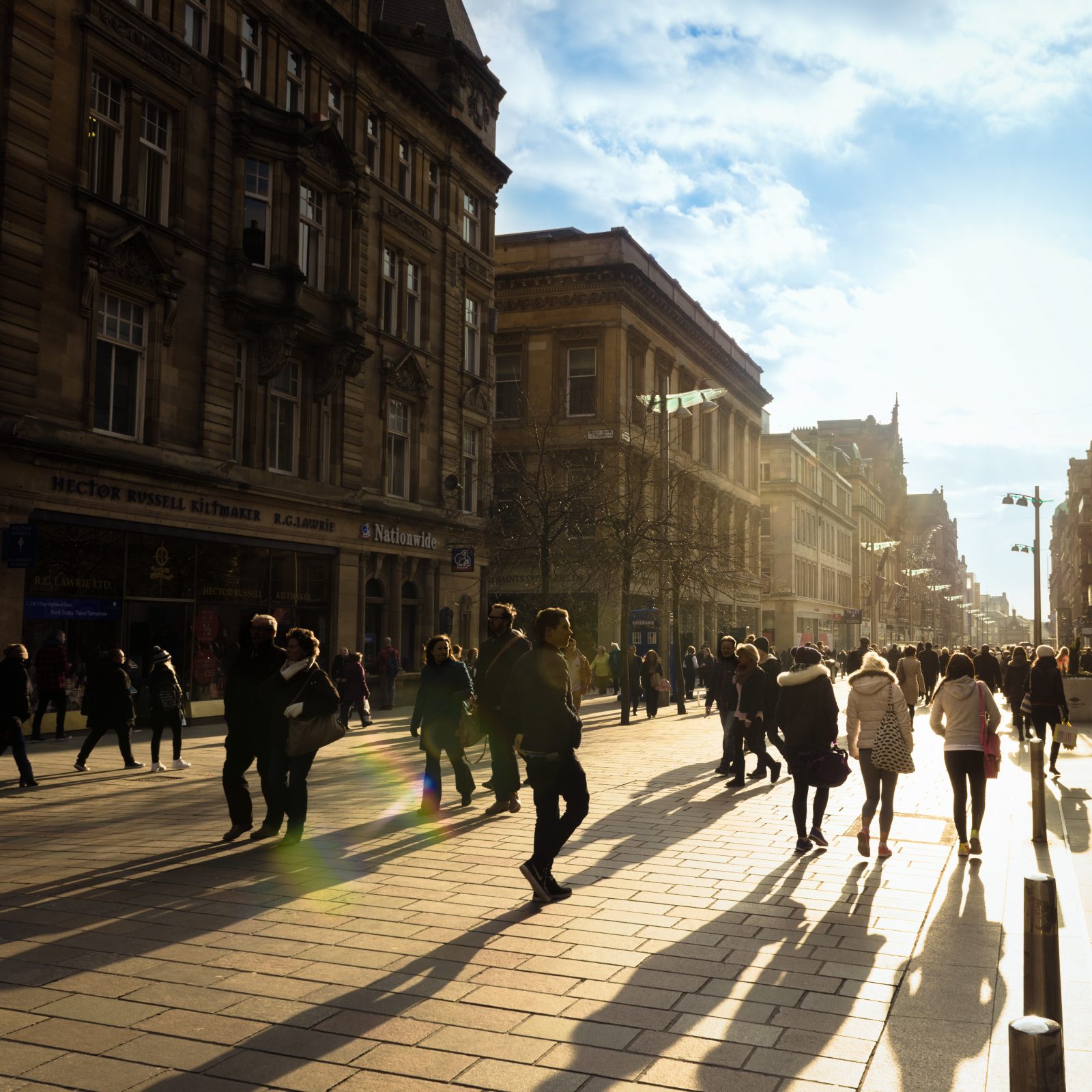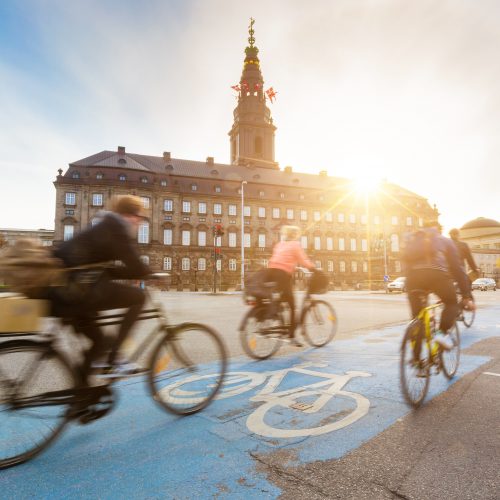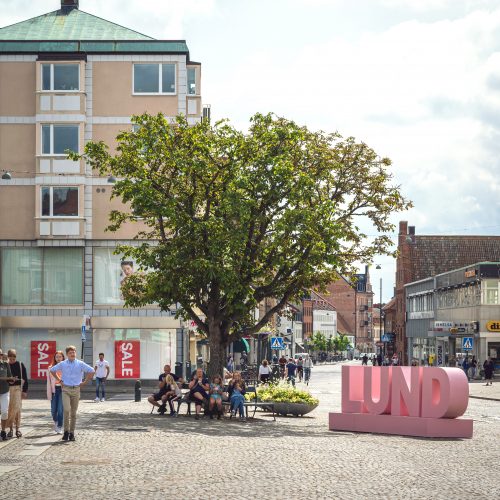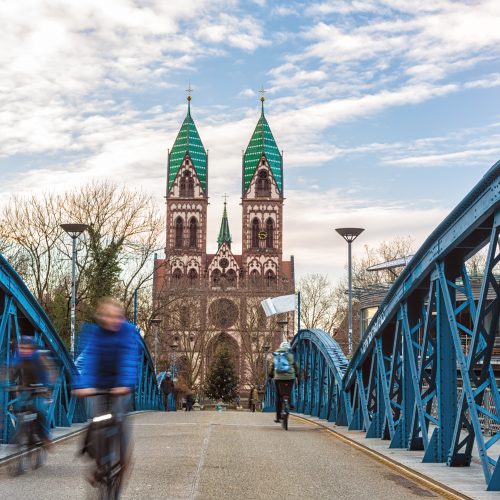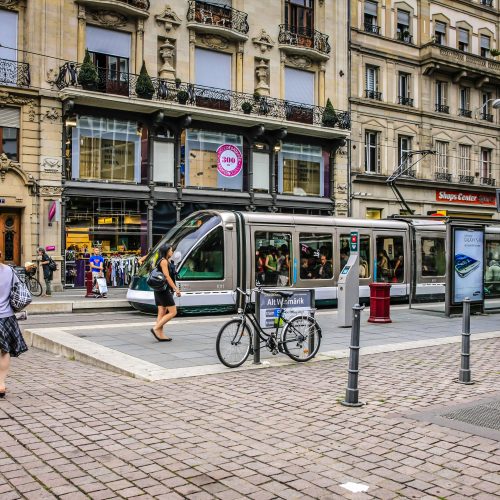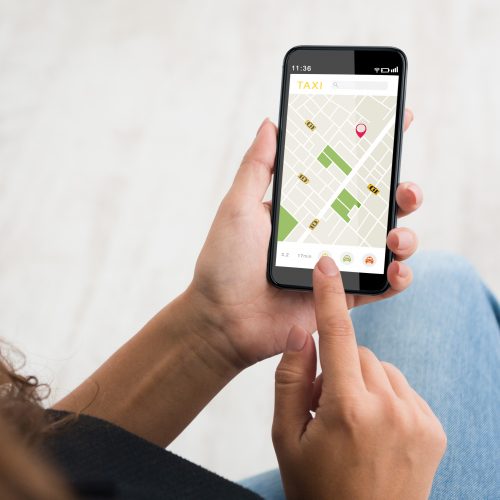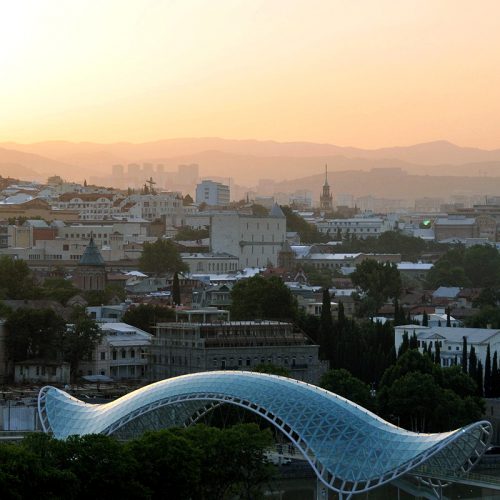Description
Pedestrianising roads or city centres can be seen as a demand-side measures aimed at regulating and influencing travel decisions. When combined with good solutions for public and active mobility, it can be an effective policy to reduce traffic and improve local air quality. In addition, car-free roads can promote more vibrant and enjoyable urban spaces by enabling safe and convenient mobility for users of all genders, ages and abilities. A large number of European towns and cities have made parts of their centres car-free since the early 1960s. This approach is often accompanied by car parking facilities on the edge of the pedestrianised zone and is sometimes combined with ‘park-and-ride’ schemes or cycle lanes to facilitate public and active transport to the pedestrianised centre. Most pedestrianised zones allow delivery trucks at certain times of the day.
Pedestrian-oriented policies can be more or less restrictive or ambitious in terms of the area, the time and the vehicle classifications that are subject to restricted access. It can involve complete pedestrianisation of a large area or it can be modest in its coverage, or accept motorised vehicles at certain times. There is also the opportunity to exempt certain vehicles from the ban, for example, public transport vehicles or the vehicles of selected residents, business owners or disabled people. The promotion of car-free days is another approach, often aimed at raising awareness as much as regulating travel decisions.
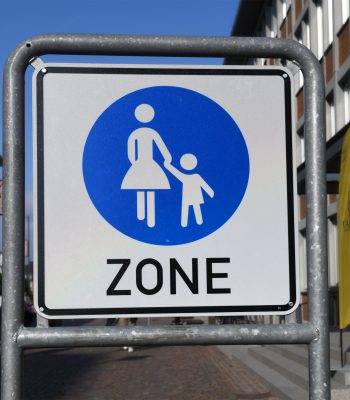
Resource implications and key requirements
Restricting car traffic for a given road has, initially, low financial and administrative implications. However, implementation costs and consequences, with regard to shifts in traffic flow patterns, will need to be considered. Promoting active mobility may also require additional investment, such as better street lighting, CCTV cameras, tactile pavements, wayfinding aids, curb ramps and public elevators, to ensure the pedestrianised zones are safe and accessible for everyone. By the same token, poorly maintained streets or zones may need to be repaired or replaced. For example, Los Angeles repairs around 300,000 square feet of pavements annually and installs wheelchair ramps to improve the accessibility, mobility and safety of the city’s streets.
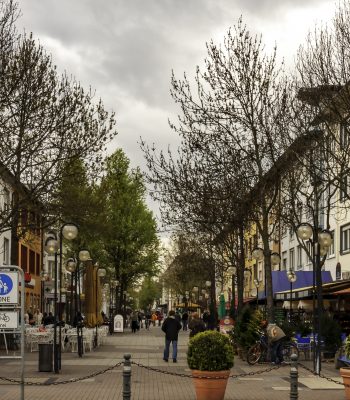
Implementation obstacles and solutions
The main resistance to car restrictions tends to come from local shopkeepers and to some extent from local residents and other businesses. For instance, policymakers should be aware that the pedestrianisation of city centres can cause surrounding property prices to increase significantly. And, while in almost all cases retail businesses also benefit, this can lead to an inexorable rise in commercial rents, too. This means that pedestrianised retail centres risk becoming further homogenised, with only the most high-end independent shops able to operate. The challenge for policymakers, therefore, is to implement pedestrianisation while minimising the negative effects of the gentrification that is likely to accompany it. To this end, the success factors of pedestrianisation schemes include a gradual approach coupled with public consultations. This allows businesses to adapt to and influence the policy. Transparency, regular community engagement, monitoring and evaluation are crucial to measuring the success of the scheme.
The planning and monitoring processes should also be as inclusive as possible. As women and people with disabilities often have less access to other means of transport, especially cars and motorcycles, pedestrianisation will automatically benefit them more. For instance, a study in Salt Lake City found that the proportion of female pedestrians doubled from the least walkable to the most walkable street, concluding that street improvements might enhance gender equity.[1]
The city centre of Nuremberg, Germany, has been gradually pedestrianised since the 1970s, to address the decline in air quality. When heavily congested roads were closed to cars, traffic volumes fell by up to 25 per cent in the historic city centre, while on nearby roads it increased between 4 and 19 per cent. Over the following 10 years, the area was transformed into an attractive pedestrian precinct: buildings were renovated, street furniture upgraded and artworks introduced. Public support for the pedestrianisation scheme has proved to be strong. Proposals to reopen the centre to car traffic following a change in the political leadership of the city in 1996 were not realised due to public objection.[2]
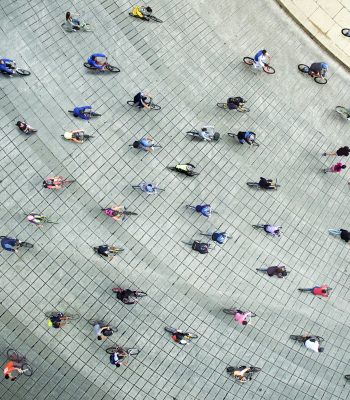
References
[1] W.A. Jensen, T.K. Stump, B.B. Brown, C.M. Werner and K.R. Smith (2017), “Walkability, Complete Streets, and Gender: Who Benefits Most?”, Health Place, Vol.48, pp 80-89.
[2] European Commission (n.d.) “Reclaiming city streets for people. Chaos or quality of life?”, EC Directorate-General for the Environment.








